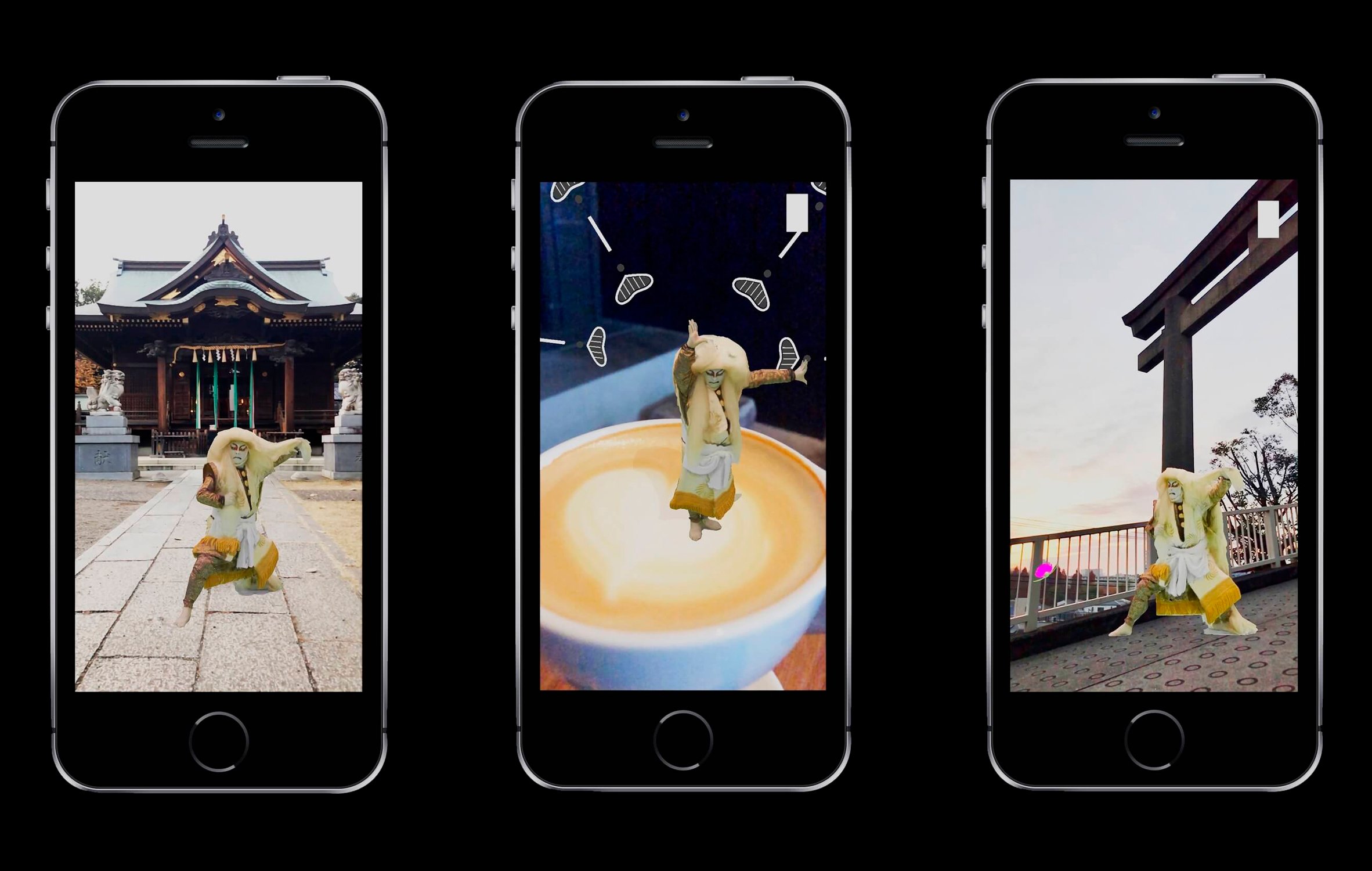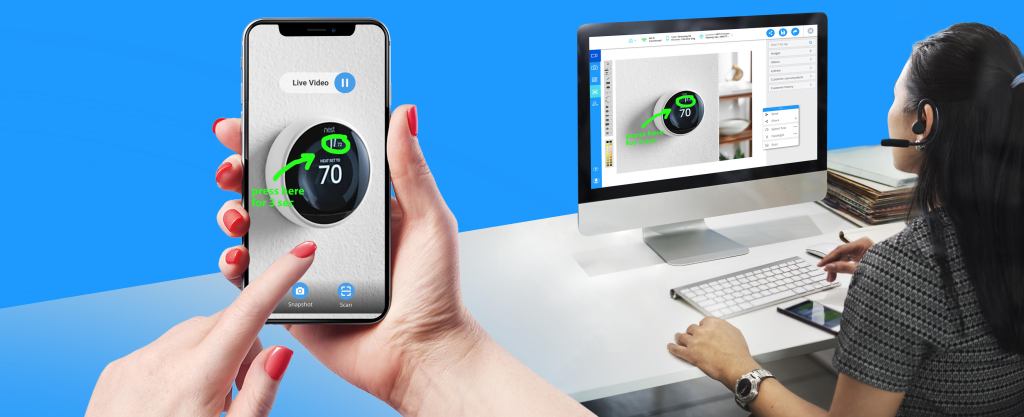Here's a fun collection of cool AR applications for your entertainment!
A kabuki performance in AR, immersive gin bottle labels, and augmented reality assistance from telecom companies for their customers.
An AR kabuki performance wherever you are
INTO by Shochiku uses AR to bring kabuki performances to life wherever you may be, at any given time. The app fuses together traditional performing arts, or kabuki, with AR technology, transforming the viewer's surroundings the stage for kabuki actor Ainosuke Kataoka.
The 6-minute performance was captured by filming the kabuki actor. The volumetric video technology used means that you can enjoy every detail at 360°, from the actor's brave facial expression to his beautiful flowing hair.
The app follows a disastrous year for the theater industry as a way for anyone to experience kabuki entertainment. The app, INTO by Shochiku, is coming soon to the App Store and Google Play. The app will be compatible with iOS 13.7 or newer and Android 10 or newer.
McQueen Gin launch new-look bottles with AR labels
McQueen Gin, a Scottish gin producer, has become the first in the UK to create a full augmented reality experience within each of its bottles. The launch of the AR labels and the app to go with is a commitment to the company's ethos of doing things differently.
"We wanted to make not just an enjoyable tasting gin but also an experience bringing people together and giving them something other than great taste to talk about. The McQueen Gin app allows that by simply opening the app and scanning the label," said Dale McQueen, MD of McQueen Gin.
The augmented reality function and the app offer exclusive McQueen rewards and cocktail recipes to try out.
Consumer-friendly AR makes its way to telecom
Telecom has been listed as one of the most hated industries - you know, those operators that consumers will avoid being in contact with unless absolutely necessary.
Verizon and Vodafone have started experimenting with augmented reality in contactless interactions with customers. Enabling customers to resolve their telecom-related issues with AR assistance reduces technicians' need to be dispatched on-site. The AR assistance application brings upsides to both the telecom companies and the customers; the companies make huge savings on travel expenses, and the customers get a better customer experience.
Remote visual assistance still relies on a technician to guide the customer, so the next logical step would be visual self-service. For example, a TV is giving no picture. Using visual self-service, a consumer would simply point their phone at the television, and a virtual assistant could recognize the fault and guide the customer with on-screen AR instructions.
That's all for now, see you next time!




